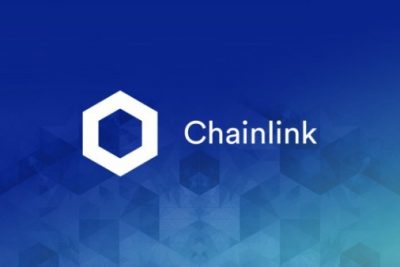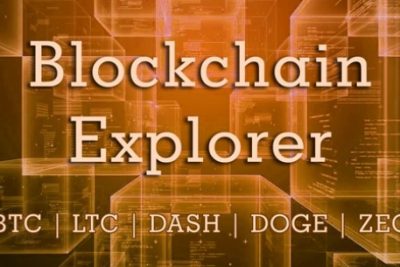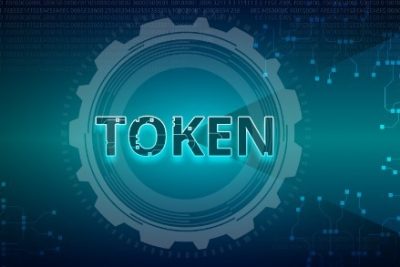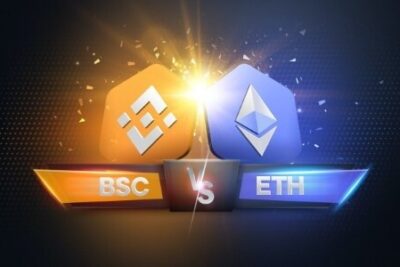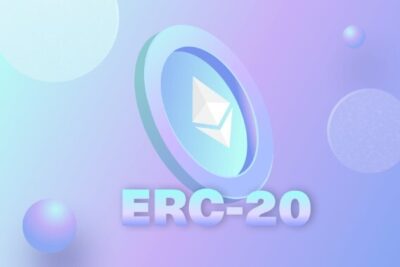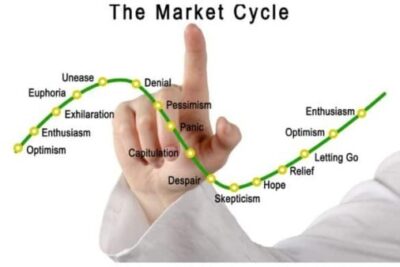

What Is Chainlink? The Oracle That Brings Blockchain To Real World
21 April 2022
What Is Chainlink? To date, Chainlink has been one of the most widely used projects in the cryptocurrency community. Smart contracts on Ethereum can access external data via this decentralized oracle service. To put it another way, it ties blockchain technology to the real world.
On the blockchain, smart contracts can be used to automate transactions. According to predetermined criteria, they carry out a task. This, however, is a problem.
A good way to access external data is lacking in blockchains. One of the most difficult problems facing smart contracts is the inability to link off-chain data with on-chain data.
Decentralized oracle service Chainlink aims to solve this issue by providing. Oracles are software tools used to convert external data into a form smart contracts can use (and vice versa). If you’re interested in learning more, we have an article on Blockchain Oracles that can help.
When it comes to blockchain oracles, what sets Chainlink distinct from the rest? Let’s see what bePAY has to say about it in this insightful post.
- What Is Chainlink?
- How Does Chainlink Network Work?
- What Is Chainlink Used For?
- What Is So Distinctive About Chainlink?
- Chainlink Vs Ethereum: How is Chainlink different from Ethereum?
- FAQs About Chainlink
- Closing Thoughts
What Is Chainlink?
Chainlink Definition
Non-blockchain businesses can securely connect to blockchain platforms through Chainlink (LINK), a cryptocurrency and technology platform. Using Chainlink, smart contracts can be linked to external data, such as baseball scores or stock prices, via the blockchain. In order to pay Chainlink network operators and collateralize the network’s smart contract agreements, Chainlink’s LINK currency is used.
A decentralized oracle network or blockchain abstraction layer, Chainlink is referred to as a decentralized oracle network. Hybrid smart contracts are the result of Chainlink’s use of the blockchain to securely enable computations both on and off the blockchain.
Any of the major blockchain networks, such as Ethereum, Solana, and Terra, can be accessed through Chainlink. In order to run the Chainlink blockchain, the Ethereum platform must be used, which uses the proof-of-work method of operation. Anyone can see the project’s code and make contributions because it is an open-source, decentralized blockchain project.

What Is Chainlink
Key Elements:
- Blockchains are linked to off-chain data via the Chainlink decentralized oracle network.
- In order to integrate on-chain code with off-chain data infrastructure, Chainlink makes use of hybrid smart contracts.
- Paying Chainlink network operators for retrieving and preparing off-chain data and performing computations is done using Chainlink tokens, referred to as LINK in the industry.
- Inputs, outputs, and computations can be securely shared on the Chainlink blockchain. Chainlink’s features include:
Decentralized data feeds are supported, allowing for the safe collection and use of data from a variety of sources for hybrid smart contracts. For applications that require cryptographically secure randomness, Chainlink is a good choice.
Chainlink smart contracts can be used to automate key functions and event-driven tasks for businesses, making them more efficient and effective. Messages, tokens, and specific actions can be exchanged across different blockchain platforms with Chainlink’s support for cross-blockchain interoperability.
To learn more about Chainlink, read the Chainlink whitepaper
Chainlink’s Cryptocurrency
That’s correct. The LINK cryptocurrency is part of the Chainlink network’s infrastructure. There are one billion LINK tokens in circulation. 35% were sold during the ICO in 2017 and the remaining 55% are still owned by the company that founded it. No new tokens are created to reward staking in LINK, and there is no mining process. Therefore, its availability is predetermined and cannot be altered (no inflation).
The only way to communicate with the Chainlink network is through the use of LINK, the network’s only currency. LINK is used by Smart Contracts to pay node operators for their services in the Chainlink network. Prices for Chainlink node operators’ services are set based on the current market for the requested data and the demand for that data.
In addition, node operators are required to invest in LINK to participate in the network. To show their dedication to the network, they have deposited a LINK. Among other things, a node’s reputation is influenced by the size of its stake. This means that nodes that have the most stake are more likely to fulfil data requests, which in turn generate more LINK tokens for the node. Chainlink penalizes nodes that provide poor service by deducting their stake from the counterparty’s account.
LINK is an Ethereum-based ERC-667 token that functions in the same way as an ERC-20 token. Most Ethereum wallets, such as MetaMask or TrustWallet, can be used to store it.

Chainlink’s Cryptocurrency
>> Read Also: What Is ICOs? How Can Investors Take Profit From It?
How Does Chainlink Work?
Three distinct steps are used by Chainlink to facilitate communication between its users and external data sources.
Oracle Selection – Once this agreement is completed, Chainlink users can begin the process of selecting an Oracle database to meet their needs. In order to find oracles that can supply data, the software uses a service level agreement (SLA). In order to place an Order-Matching contract that accepts bids from oracles, the user must first set the parameters and then submit the SLA.
Data Reporting SLA – required real-world data is gathered by oracles via connections to external sources. After that, the oracles process the data and return it to the Chainlink contracts.
Result Aggregation – In the final step, the data oracles gather and return to an Aggregation contract, and the results are tallied. As each response is received, it is evaluated for validity, and a weighted score is returned to the user based on the total amount of data received.
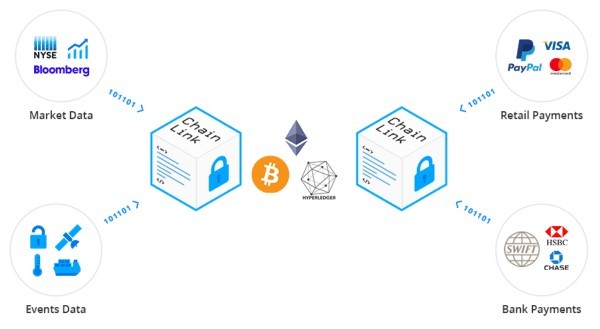
Chainlink Operation
There are three types of smart contracts that run on the Chainlink blockchain:
- Aggregating Contracts – Data collection from oracles and matching the most accurate results with the smart contract that requires them are two examples of aggregating contracts in action.
- Order-Matching Contract – Bid oracle matching to match the SLA of a smart contract.
- Reputation Contract – Verifies an oracle’s integrity through the use of a reputation contract. Other factors include how many requests have been answered and how much LINK cryptocurrency has been staked by the oracle.
There are other oracle services that aren’t connected to Chainlink and that are responsible for collecting real-world data for contracts that need it.
There are two parts to the nodes:
- Chainlink Core – SLAs are read and routed to the Chainlink Adapter by Chainlink Core, which is a component of the Chainlink Architecture.
- Chainlink Adapter – As the link between the node and the external data, a chainlink adapter performs this function. Read, process, and write blockchain transactions are all possible with the adapter.
What Is Chainlink Used For?
Requesting Link is used by contract holders to pay Chainlink node operators for their services. Depending on the demand for data and the current market, Chainlink node operators set their prices.
An additional way for node operators to demonstrate and reward good service is by depositing LINK with Chainlink, which they must do as a condition of their participation in the network.

What Is Chainlink Used For?
The Chainlink Reputation Contract considers the size of a node’s stake (among other factors) when matching nodes with data requests. Requests are more likely to be fulfilled by nodes that have a larger stake (and thus earn LINK tokens for their services). To further penalize shady or dishonest nodes, the Chainlink network punishes them by taxing their LINK stake.
The LINK token is built on the Ethereum platform and adheres to the ERC-20 token standard. Bitcoins and other digital currencies can be exchanged for fiat money.
>> Read Also: Do You Know What Is Proof Of Stake – Ultimate Information For Newbies
What Is So Distinctive About Chainlink?
Until Chainlink created a secure bridge connecting the blockchain to the outside world, there was a significant vulnerability in decentralized applications (dapps). The points of entry for data into the blockchain are also the points of failure for data manipulation, compromise, or simply falsification–it is at these points of failure that Chainlink adds value.
To mitigate the risk of oracles failing, they emphasize three principles in Chainlink whitepaper: Distributed data sources; Distributed oracles; and Utilization of trusted hardware.
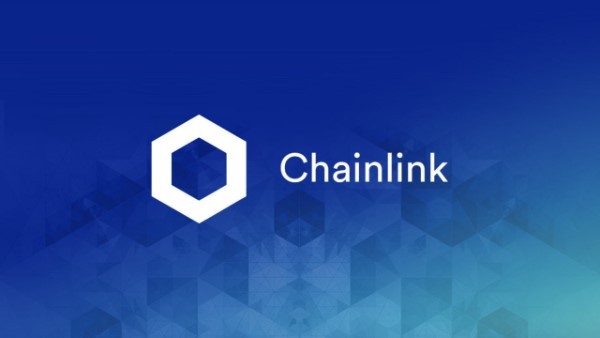
What Makes Chainlink Different?
Chainlink’s real-world utility is demonstrated by its extensive list of partners, which includes crypto startups Polkadot and Synthetix, as well as traditional business giants SWIFT and Google.
For instance, via Chainlink, a real-world money transfer can be sent into the blockchain from SWIFT. Then, proof of payment can be returned to SWIFT via Chainlink. SWIFT’s use of Chainlink enables a frictionless exchange of information between the traditional and crypto worlds while minimizing potential failure points.
Chainlink Vs Ethereum: How Is Chainlink Different From Ethereum?
Chainlink is a decentralized oracle network, whereas Ethereum is a distributed ledger technology platform on which developers can build applications. Because Chainlink is built on the Ethereum blockchain, it’s frequently difficult to tell them apart. Here are some key distinctions that will help you understand how the two work together.
Chainlink is a decentralized network of data providers that provides data to cryptocurrency networks that require it for their smart contracts. Ethereum is a blockchain platform that enables developers to create decentralized applications (dapps) and services using smart contracts.
The two work cooperatively. Chainlink’s native token, LINK, is built on Ethereum using a smart contract to incentivize network activity. Chainlink, in turn, enables Ethereum to integrate real-world data into the network’s various smart contracts.
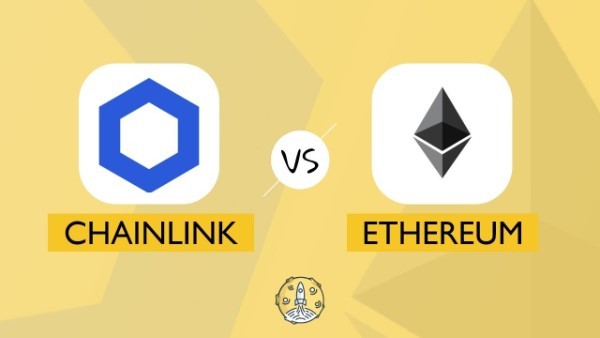
Chainlink Vs Ethereum
Without this data, it would be disconnected from reality. This means that dapps and smart contracts built on Ethereum and other blockchains would be restricted in their ability to reach a broader audience. If these systems are to become more widely adopted, some concessions will have to be made.
Consider a car and an engine. Without the vehicle, the engine is nothing more than a large lump of metal. Even without an engine, you can probably get the car moving, but not at the speed you require.
Essentially, Chainlink connects the blockchain and centralized worlds, enhancing Ethereum’s utility for businesses and organisations looking to incorporate blockchain technology.
>> Read Also: Blockchain Technology Goes Beyond The Use Of Cryptocurrency
FAQs About Chainlink
Is LINK Chainlink A Good Investment?
Yes, Chainlink is an excellent long-term investment. Because of its strengths such as smart contract expansion, data feeds and oracles, it has an advantage.
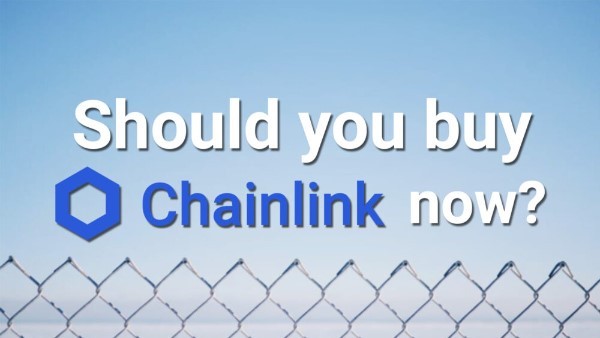
Is link Chainlink a good investment?
With LINK, what can I get?
LINK is a reward for Chainlink node operators rather than a currency that can be used for everyday transactions. LINK tokens are used to pay these network participants, who are responsible for securely transferring data between blockchains.
Why Chainlink is so popular?
Several different blockchains can be linked to the Chainlink decentralized oracle, which opens up a wide range of potential uses for the technology. There are a number of industries and business functions that could benefit from Chainlink’s blockchain technology integration.
Is Oracle the manufacturer of Chainlink?
Oracle Corporation (ORCL) is a database management-focused computer technology firm. Oracle Corp doesn’t have any affiliation with Chainlink “Oracle” is a broad-based group of intermediaries that connect blockchains with off-chain information systems.
Closing Thoughts
Now went through what is Chainlink, as well as in-depth information about this potential blockchain. Chainlink can be compared to a council of wise men and women dedicated to finding the most accurate information.
As a key component of the DeFi and wider crypto ecosystem, Chainlink’s technology has proven to be essential. A healthy ecosystem of on-chain products relies heavily on trusted external data sources, even though this can pose a risk.
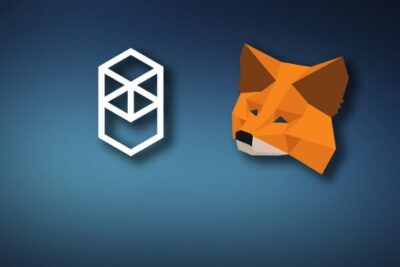
Step By Step Guide Of How To Add Fantom To MetaMask
15 July 2022
Detailed Guide Of How To Add Arbitrum To Metamask
15 July 2022